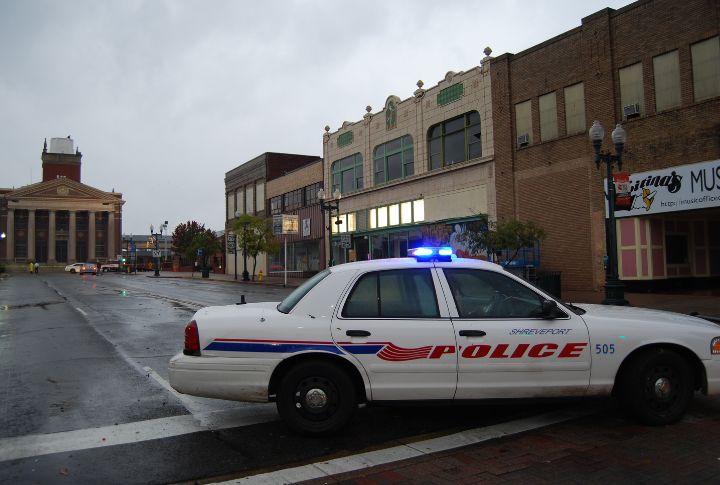
Tornadoes strike with little warning, and certain U.S. cities see more than their fair share of these violent storms. Climate patterns and location within Tornado Alley all contribute to the risk. Here are 20 cities that have taken multiple hits from tornadoes—some so often, it’s a stark reminder of just how exposed they are to nature’s fury.
Oklahoma City, Oklahoma
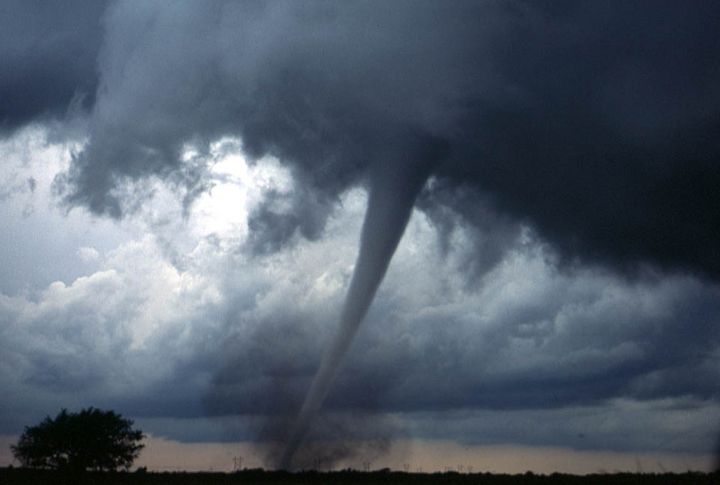
Few cities in America have seen more tornadoes than Oklahoma City. It has been hit over 160 times since 1890, including the catastrophic F5 twister in May 1999 with winds peaking at 301 mph. Oklahoma’s central location in Tornado Alley makes it a frequent target.
Moore, Oklahoma
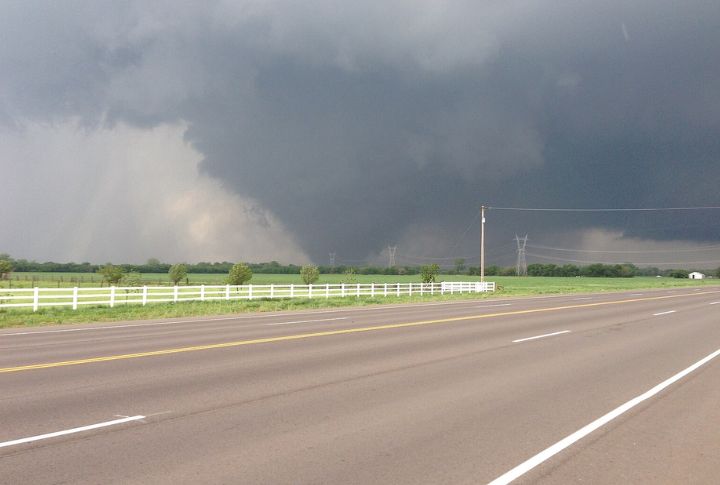
Moore has faced four EF4 or stronger tornadoes since 1999. The 2013 tornado devastated the town, killing 24 people and flattening entire neighborhoods. Despite its small size, Moore’s history of direct hits has made it one of the most tornado-ravaged places in the country.
Huntsville, Alabama
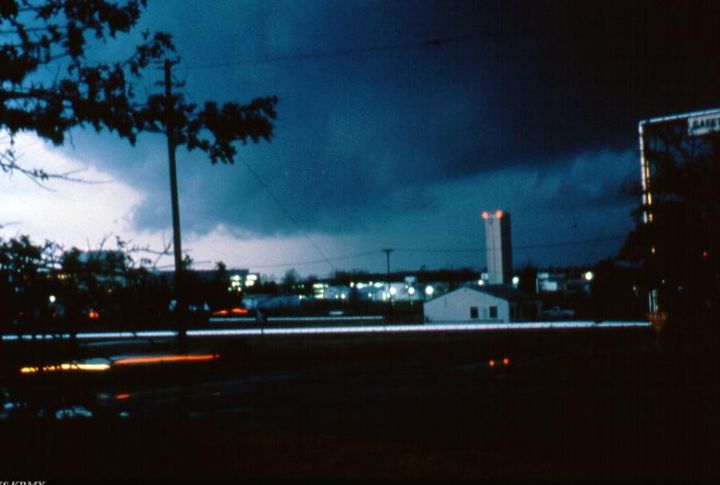
Huntsville lies in Dixie Alley, where tornadoes often strike at night or outside peak season. The city has experienced several tornadoes since records began, including a deadly F4 in 1989 that killed 21 people. Storm shelters are now common in new developments.
Wichita, Kansas
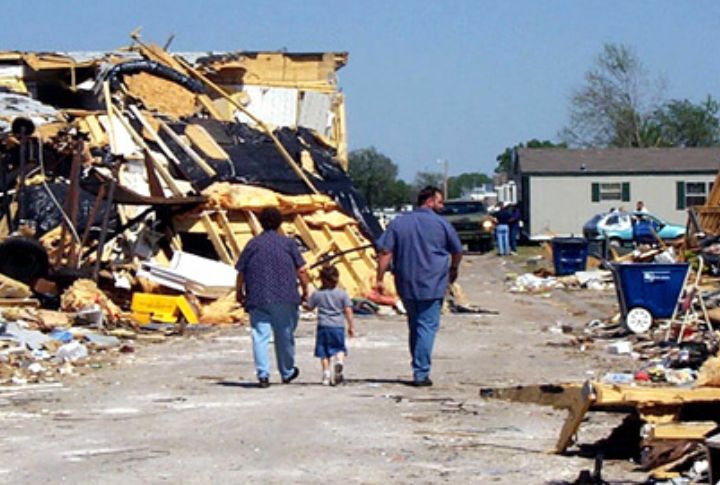
Wichita has seen several tornadoes since 1950, earning its reputation as a high-risk zone. A devastating F5 hit in 1991 caused over $300 million in damage. Sirens are tested weekly due to the persistent threat, which continues from spring through early summer.
Norman, Oklahoma
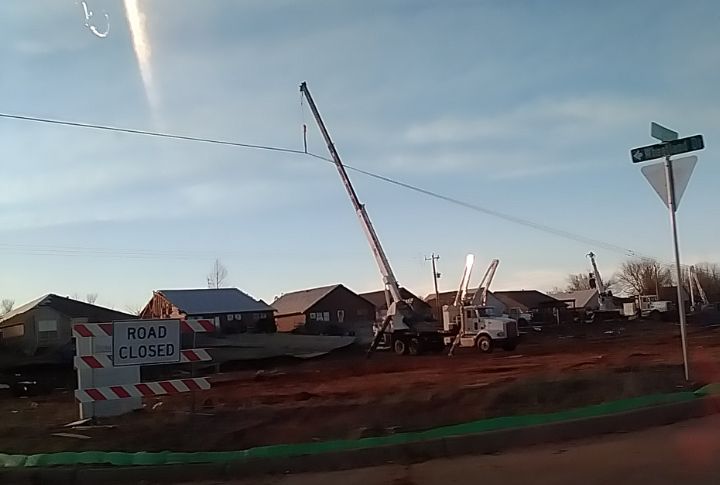
As home to the National Weather Center, Norman ironically faces serious tornado risk. For instance, in May 2010, a tornado outbreak spawned multiple twisters in a single day. Meteorologists assigned to the city often study storms as they form just miles from their labs.
Amarillo, Texas
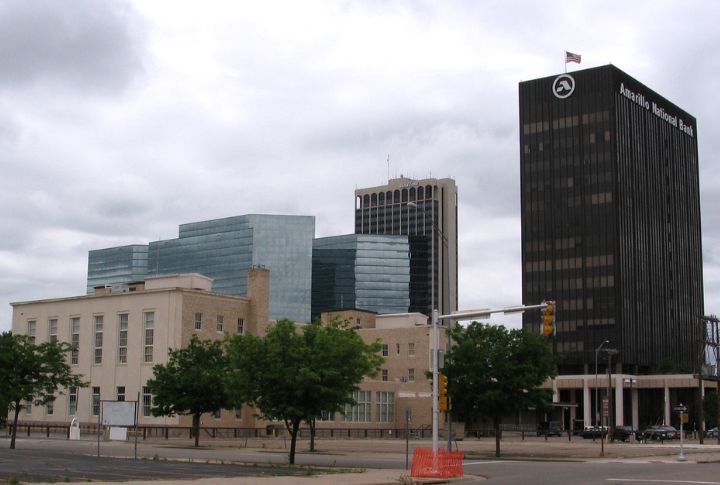
Amarillo’s location on the edge of the Texas Panhandle places it squarely in a high-frequency strike zone. Though most tornadoes are lower-intensity, the sheer volume makes it a hotspot. The city experienced an F1 tornado in 1982 that carved a path directly through the city center.
Lubbock, Texas
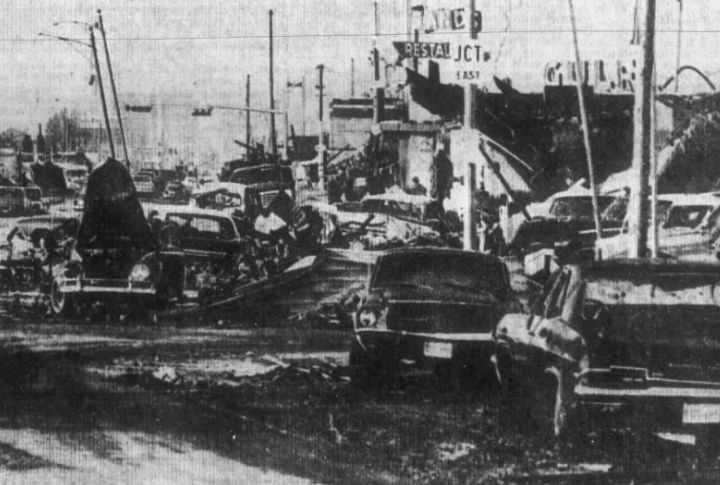
A devastating F5 tornado ripped through Lubbock in 1970, killing 26 people. The storm remains one of Texas’s deadliest and cost about $250 million in damages. The 1970 disaster prompted major improvements in tornado forecasting and contributed to the development of the Enhanced Fujita Scale at Texas Tech University.
Little Rock, Arkansas
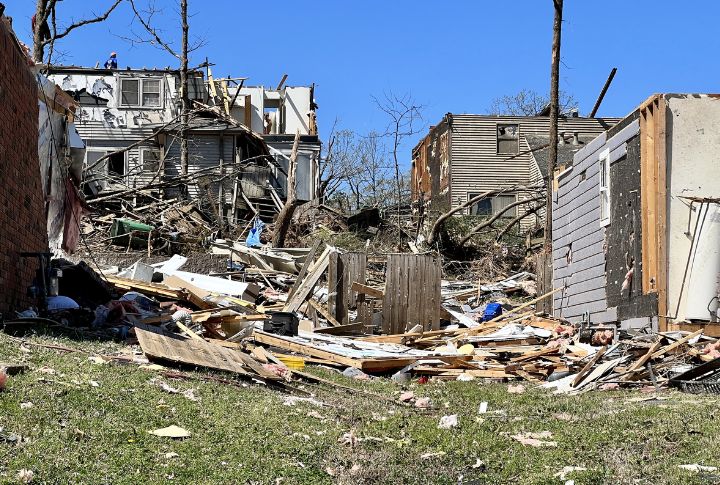
Little Rock lies in the heart of Dixie Alley, where violent tornadoes are common during spring and fall. The city has experienced more than 60 tornadoes, with notable outbreaks in 1999 and 2014 causing widespread damage. A rare EF3 struck the metro area in March 2023, leaving a 29.9-mile damage path through multiple neighborhoods.
Joplin, Missouri
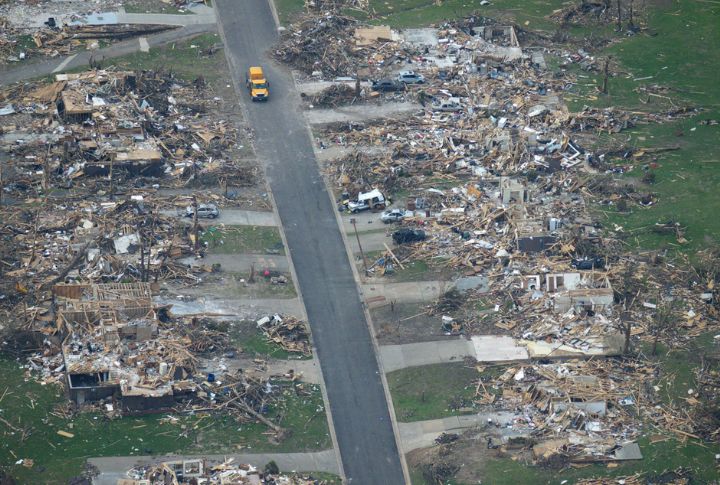
A massive EF5 tornado hit Joplin in May 2011, claiming 158 people and injuring over 1,150. Winds exceeded 200 mph and over 7,000 buildings were hit. Over 4,000 homes were also destroyed and the recovery effort became one of the nation’s largest.
Topeka, Kansas
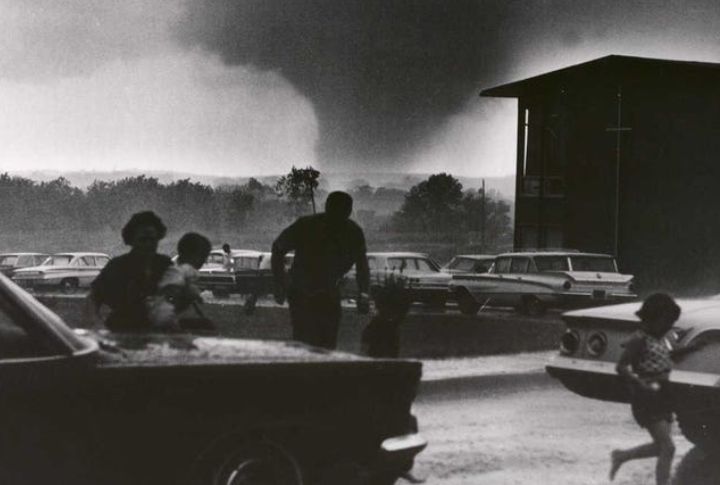
One of the most famous tornadoes in history hit Topeka on June 8, 1966. The F5 twister destroyed much of downtown and Washburn University, causing $200 million in damage. It prompted significant improvements in Kansas’s severe weather preparedness, including enhanced warning systems.
Dallas, Texas
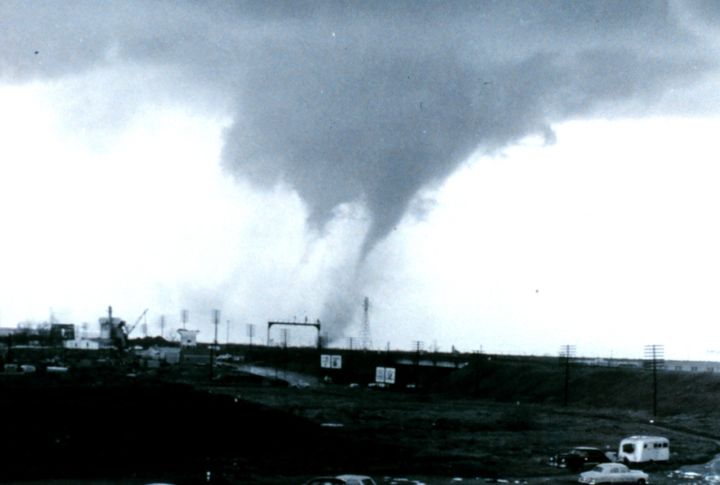
Dallas has seen over 150 tornadoes in its metropolitan area, thanks to its size and location on the southern edge of Tornado Alley. An EF3 struck in October 2019, causing over $1.5 billion in damage. The twister traveled 15 miles through densely populated neighborhoods and business districts.
Jackson, Mississippi
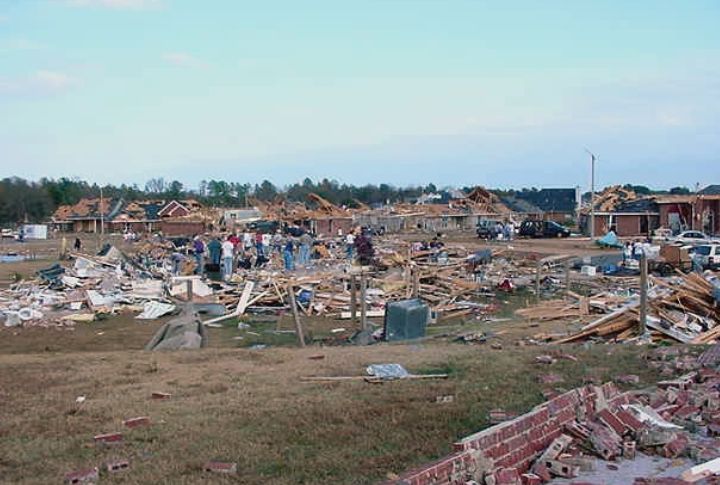
Tornadoes frequently target Jackson, especially during the secondary season in late fall. The metro area has experienced more than 80 tornadoes, including a deadly EF4 in 2010 that killed 10 people. An EF3 tornado struck again in March 2023, damaging homes, businesses, and part of Jackson State University’s campus.
Shreveport, Louisiana
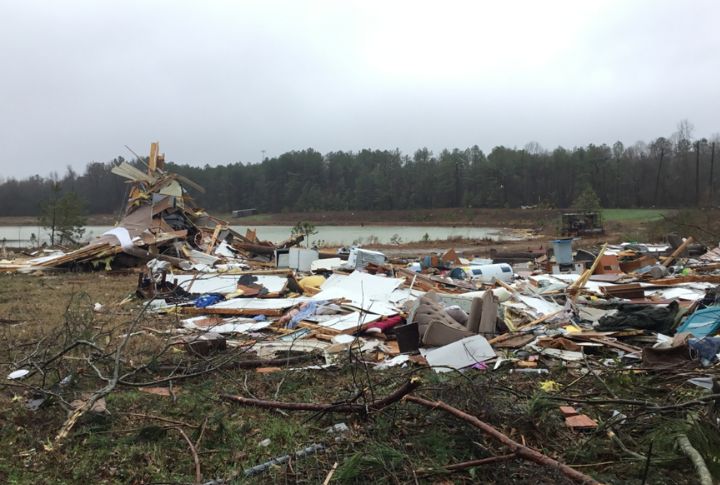
This region is located outside Tornado Alley but still sees regular tornado activity, especially during winter and early spring. It was hit badly by a rare EF2 tornado in December 2022. The tornado uprooted trees and damaged dozens of homes during what should have been the off-season.
Springfield, Missouri
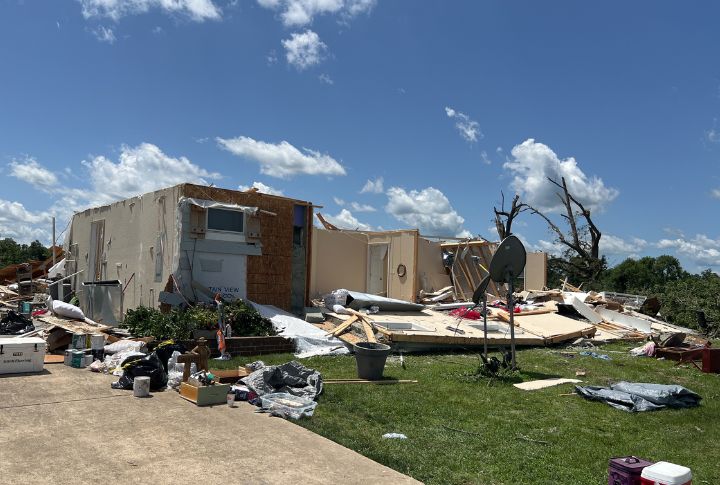
Southwestern Missouri, where Springfield sits, is prone to fast-forming, low-visibility tornadoes. The city and surrounding Greene County have recorded over 125 tornadoes, including several that formed at night. Its location near the Ozarks also complicates forecasting due to terrain-based radar interference.
Birmingham, Alabama
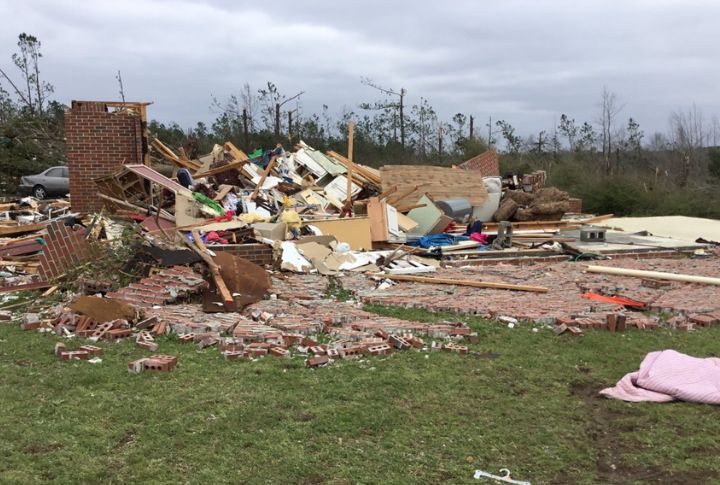
Birmingham has suffered some of the most deadly tornadoes in Alabama’s history. Tornadoes here often strike in the evening, making them more dangerous due to reduced visibility. In April 2011, an EF4 tornado devastated parts of Jefferson County during the infamous Super Outbreak.
Memphis, Tennessee
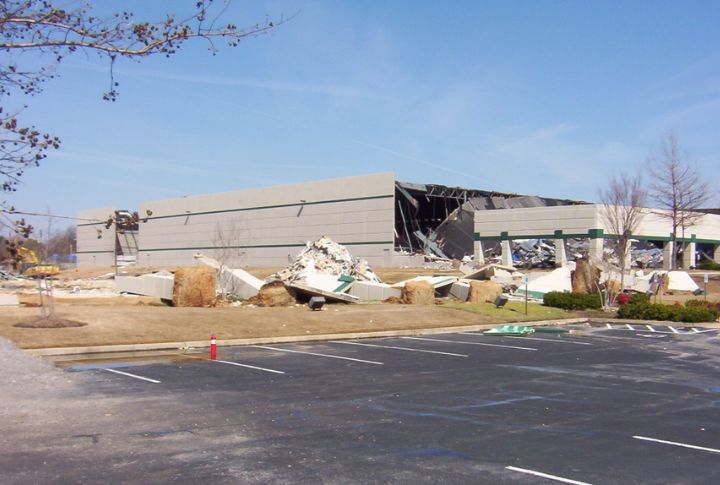
Though not in classic Tornado Alley, Memphis still sits in a high-risk zone influenced by Gulf moisture and frontal collisions. The metro area has faced more than 120 tornadoes, with deadly twisters in 1994 and 2008. One EF1 in March 2023 ripped through Shelby County, highlighting how winter tornadoes are increasingly common in the region.
Tulsa, Oklahoma
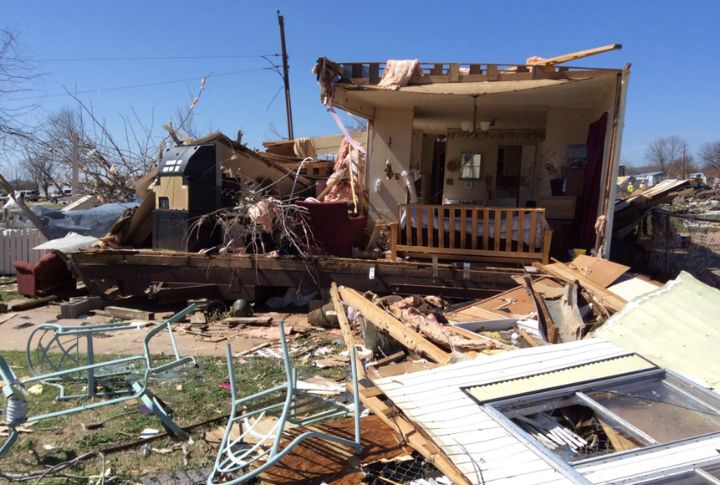
Tulsa’s tornado history includes over 70 documented touchdowns, some dating back to the 1950s. Back in 2017, an EF2 tornado struck at 1:25 a.m. and caused extensive damage to midtown businesses. Nighttime tornadoes are especially dangerous, and Tulsa’s emergency services now emphasize rapid-alert systems tailored to overnight storm threats.
St. Louis, Missouri
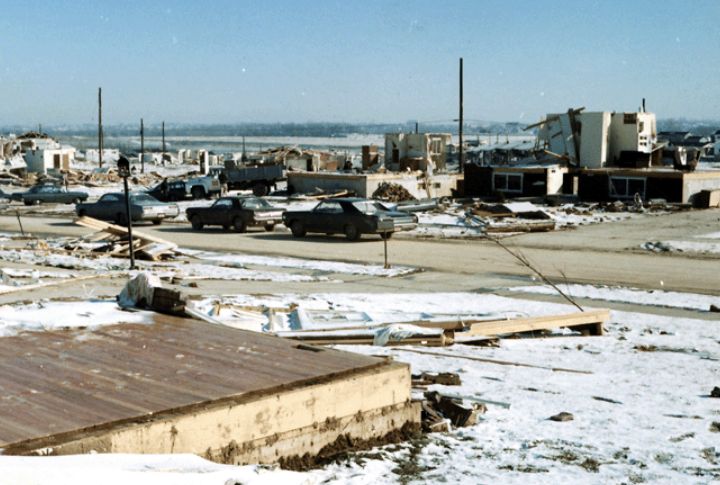
Tornadoes have battered St. Louis since 1896, when a historic F4 killed over 250 people. It remains one of the deadliest US tornadoes ever. Since then, the city has seen dozens more, including multiple strikes on Lambert International Airport.
Hattiesburg, Mississippi
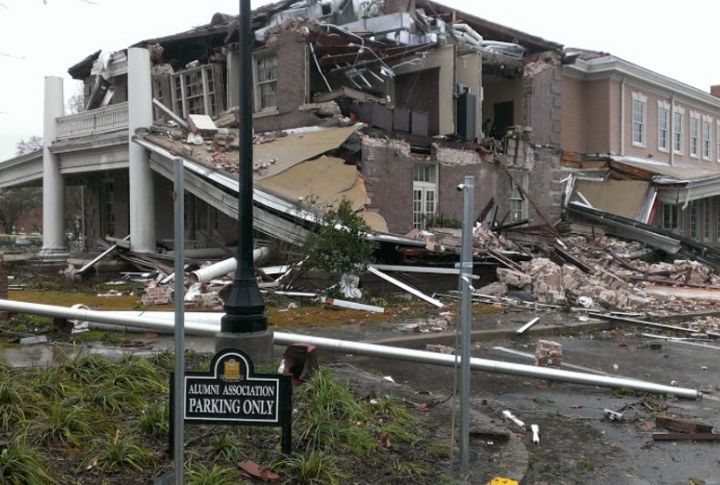
This southern Mississippi city has faced over 180 tornadoes since 1950. One EF4 struck in 2013, injuring 71 and heavily damaging the University of Southern Mississippi. Another, an EF3 tornado, followed nearly the same path. One contributing factor is Hattiesburg’s location in Dixie Alley, which keeps it at high risk nearly year-round.
Columbia, South Carolina
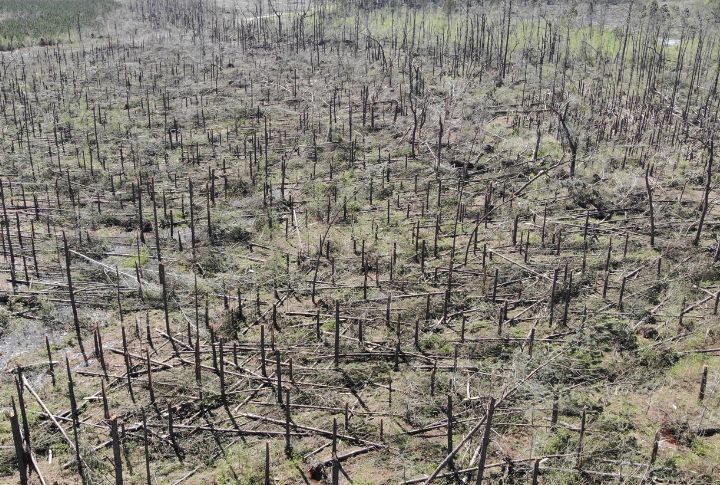
Columbia is part of the Southeast’s expanding tornado zone, where shifting climate patterns have increased activity. The region has recorded over 115 tornadoes, and recent years have brought several powerful ones, including an EF3 in April 2020. That storm damaged homes across multiple counties and confirmed the area’s rising exposure to severe weather.
